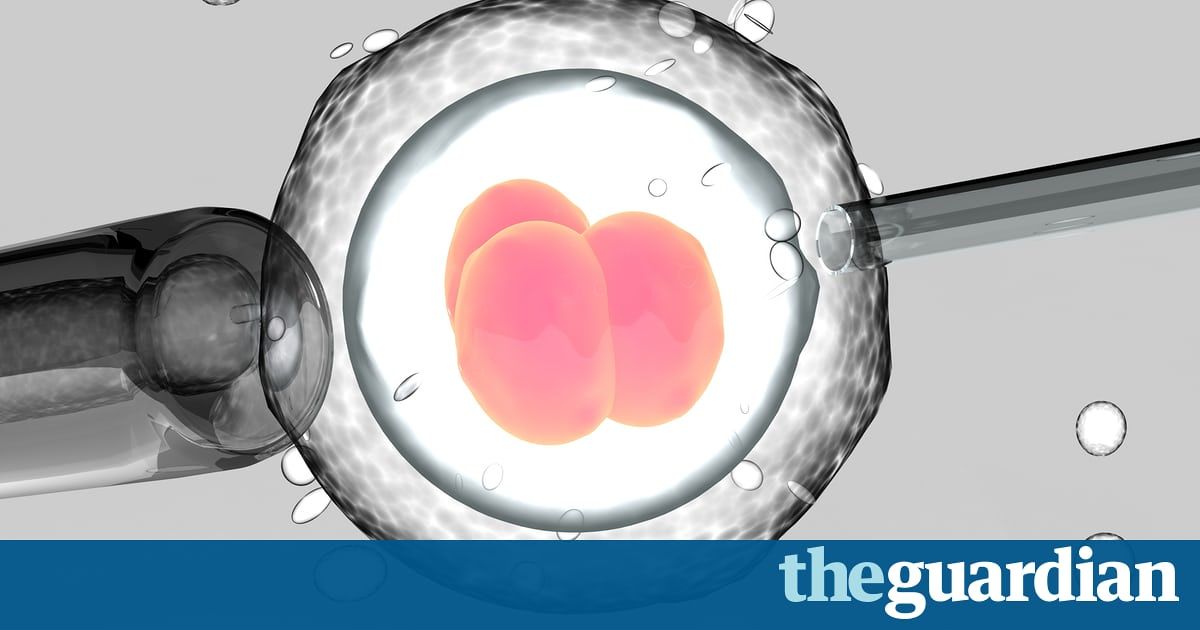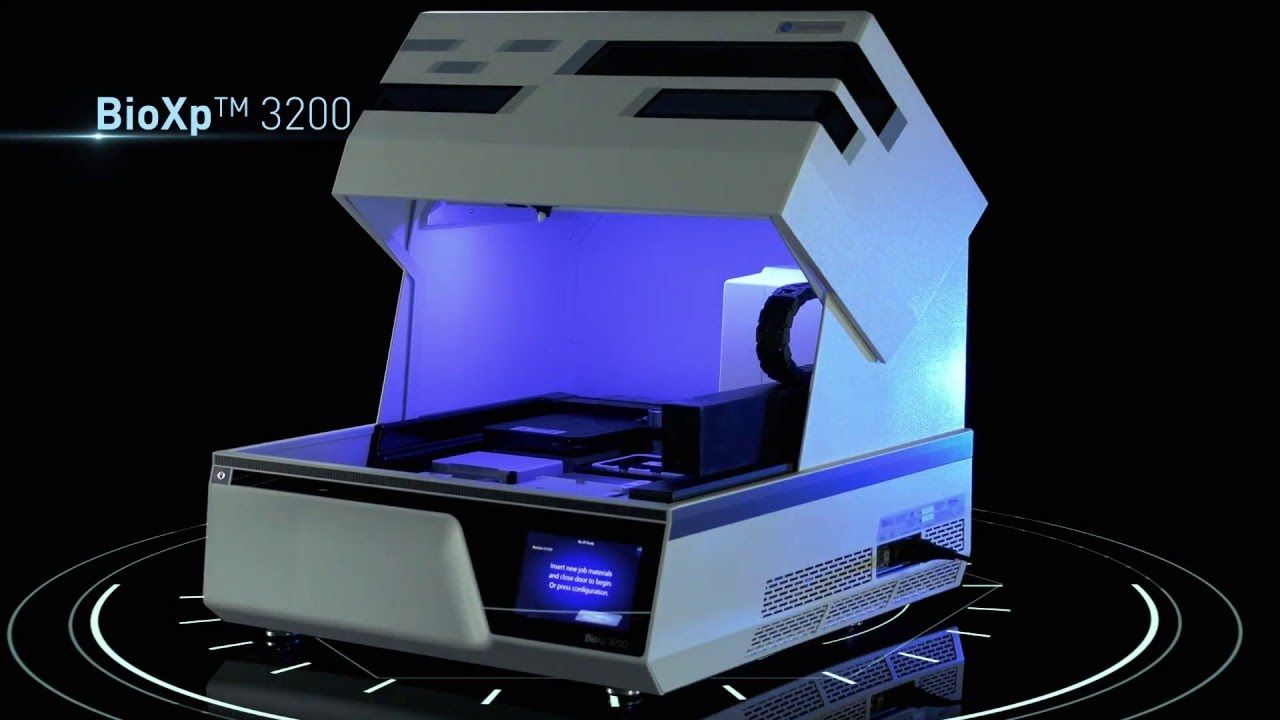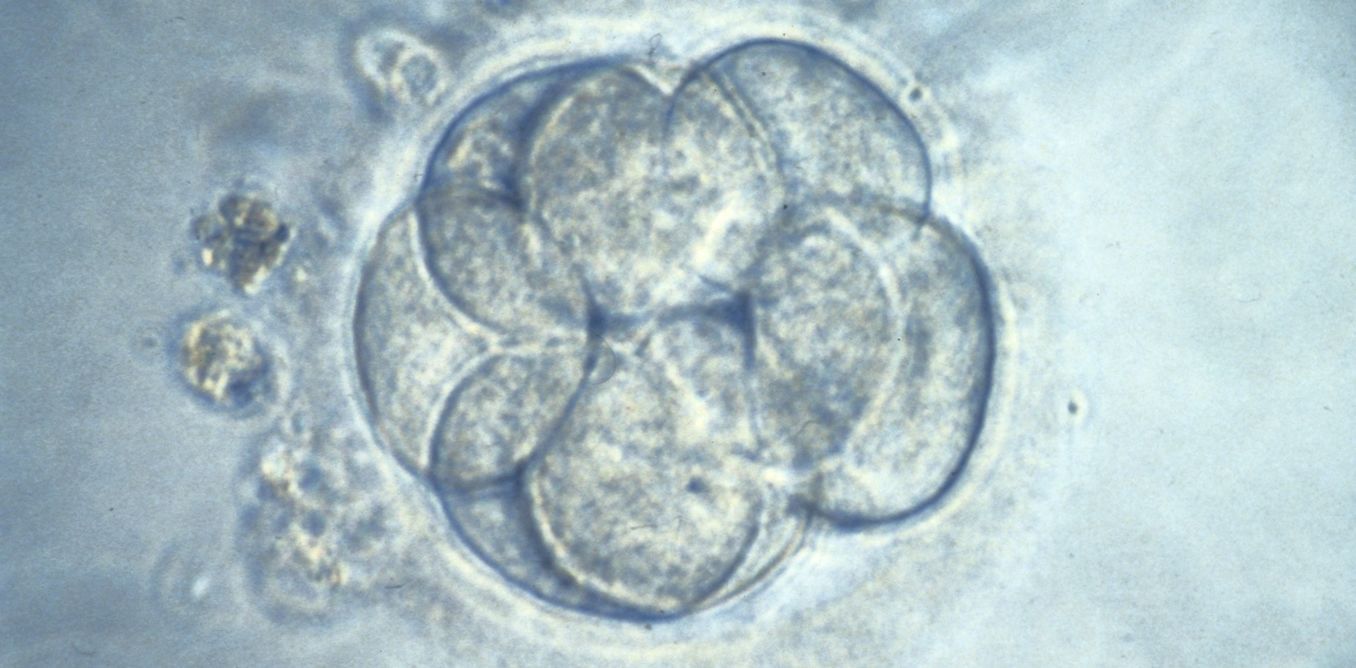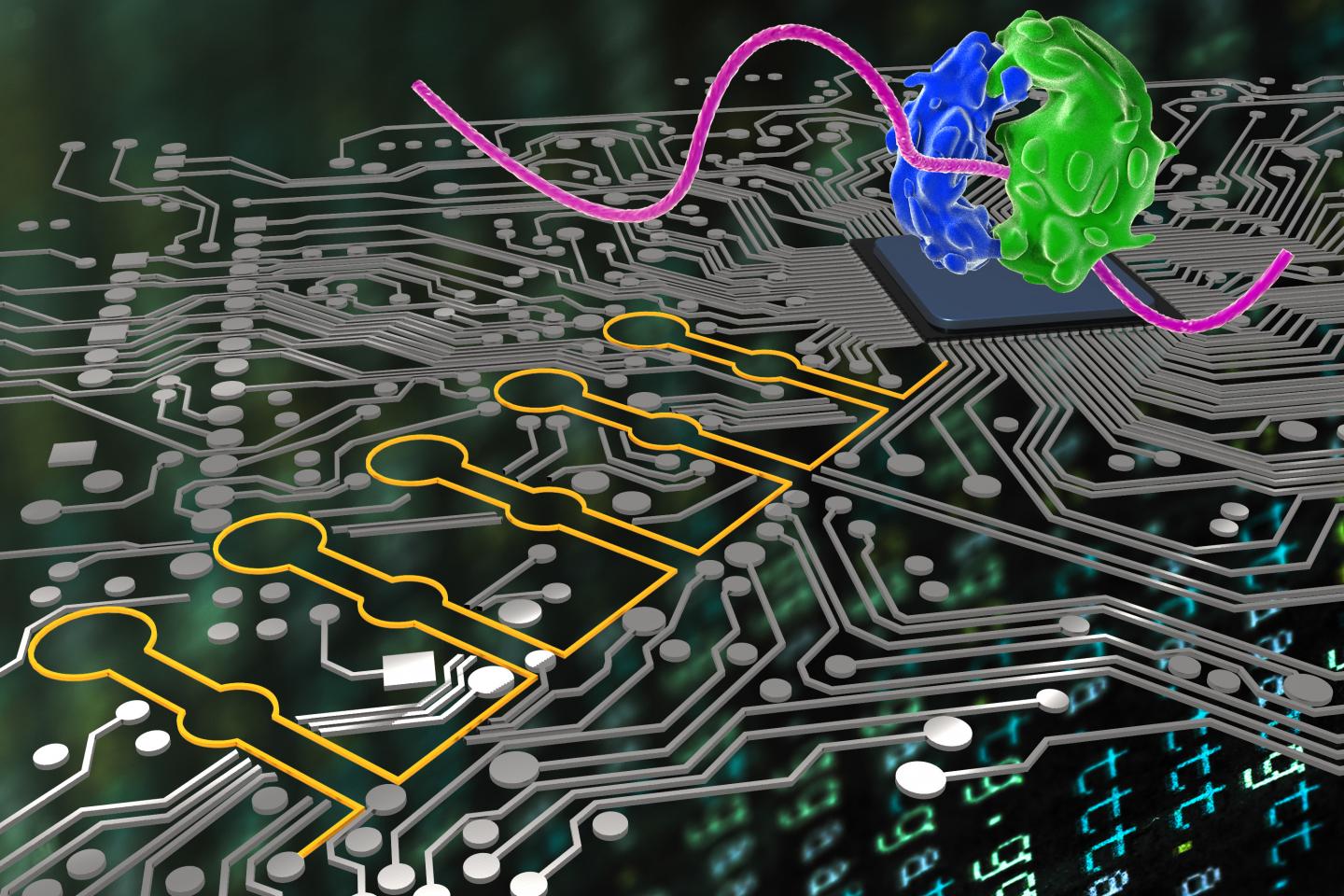Obesity affects more than 600 million adults and around 41 million children under the age of 5 according to the Center for Disease Control and Prevention. Researchers may have found a way to halt the development of both type 2 diabetes and obesity in humans using a recently discovered protein.
Category: biotech/medical – Page 2501
In step forward for Elon Musk’s neural lace and transhumanists everywhere, a new paper published this month by researchers at Harvard University reports on the successful implantation of an electronic neuromorphic mesh in the brains of mice without triggering an immune response.
Neuroprostheses show promise in the treatment of Alzheimer’s Disease, Parkinson’s Disease, epilepsy, traumatic brain injury and for the creation of brain-machine interfaces such as the neural lace, but a major stumbling block for researchers has been the propensity of these implants to induce an immune response, inflammation and scaring in the brain, severely limiting their potential use.
The Harvard team’s new neuromorphic mesh is delivered to specific brain regions via syringe injection and overcomes the problem of immune response in the brain. Their observations of the brain’s of the injected mice showed little to no immune response and they found the neuromorphic mesh had merged with the brain tissue.
Ready and waiting at an arms reach from the government, the Research and Development Corporation (RAND) has helped the U.S. think through some of the toughest scientific and regulatory challenges since the 1940s. This year, the think tank is opening its first office in the San Francisco Bay Area. Its positioning itself to weigh in on some of Silicon Valleys largest research projects, like autonomous vehicles, drones, AI, cybersecurity and telemedicine.
But unlike the RAND of the past, this new version embodies the scrappiness of startup culture. Formally based out of a WeWork space, office director Nidhi Kalra and the rest of her SF team largely work decentralized from homes and coffee shops around the Bay Area.
The team of a dozen researchers is here to study the development of new technologies and the way in which state and local authorities are working side-by-side with startups to keep everyone safe without sundering innovation.
The risk associated with any climate change impact reflects intensity of natural hazard and level of human vulnerability. Previous work has shown that a wet-bulb temperature of 35°C can be considered an upper limit on human survivability. On the basis of an ensemble of high-resolution climate change simulations. we project that extremes of wet-bulb temperature in South Asia are likely to approach and. in a few locations. exceed this critical threshold by the late 21st century under the business-as-usual scenario of future greenhouse gas emissions. The most intense hazard from extreme future heat waves is concentrated around densely populated agricultural regions of the Ganges and Indus river basins. Climate change. without mitigation. presents a serious and unique risk in South Asia. a region inhabited by about one-fifth of the global human population. due to an unprecedented combination of severe natural hazard and acute vulnerability.
The risk of human illness and mortality increases in hot and humid weather associated with heat waves. Sherwood and Huber proposed the concept of a human survivability threshold based on wet-bulb temperature (TW). TW is defined as the temperature that an air parcel would attain if cooled at constant pressure by evaporating water within it until saturation. It is a combined measure of temperature [that is. dry-bulb temperature (T)] and humidity (Q) that is always less than or equal to T. High values of TW imply hot and humid conditions and vice versa. The increase in TW reduces the differential between human body skin temperature and the inner temperature of the human body. which reduces the human body’s ability to cool itself. Because normal human body temperature is maintained within a very narrow limit of ±1°C. disruption of the body’s ability to regulate temperature can immediately impair physical and cognitive functions.
Synthetic biologists at Harvard’s Wyss Institute for Biologically Inspired Engineering and associates have developed a living programmable “ribocomputing” device based on networks of precisely designed, self-assembling synthetic RNAs (ribonucleic acid). The RNAs can sense multiple biosignals and make logical decisions to control protein production with high precision.
As reported in Nature, the synthetic biological circuits could be used to produce drugs, fine chemicals, and biofuels or detect disease-causing agents and release therapeutic molecules inside the body. The low-cost diagnostic technologies may even lead to nanomachines capable of hunting down cancer cells or switching off aberrant genes.








